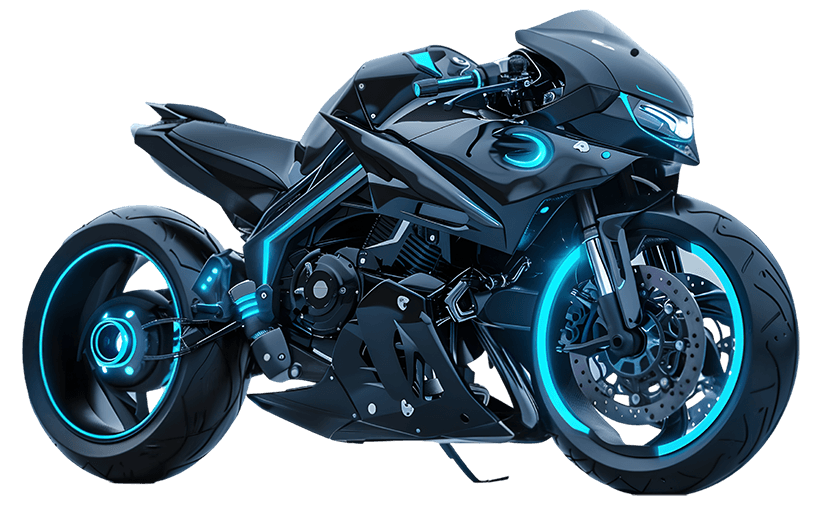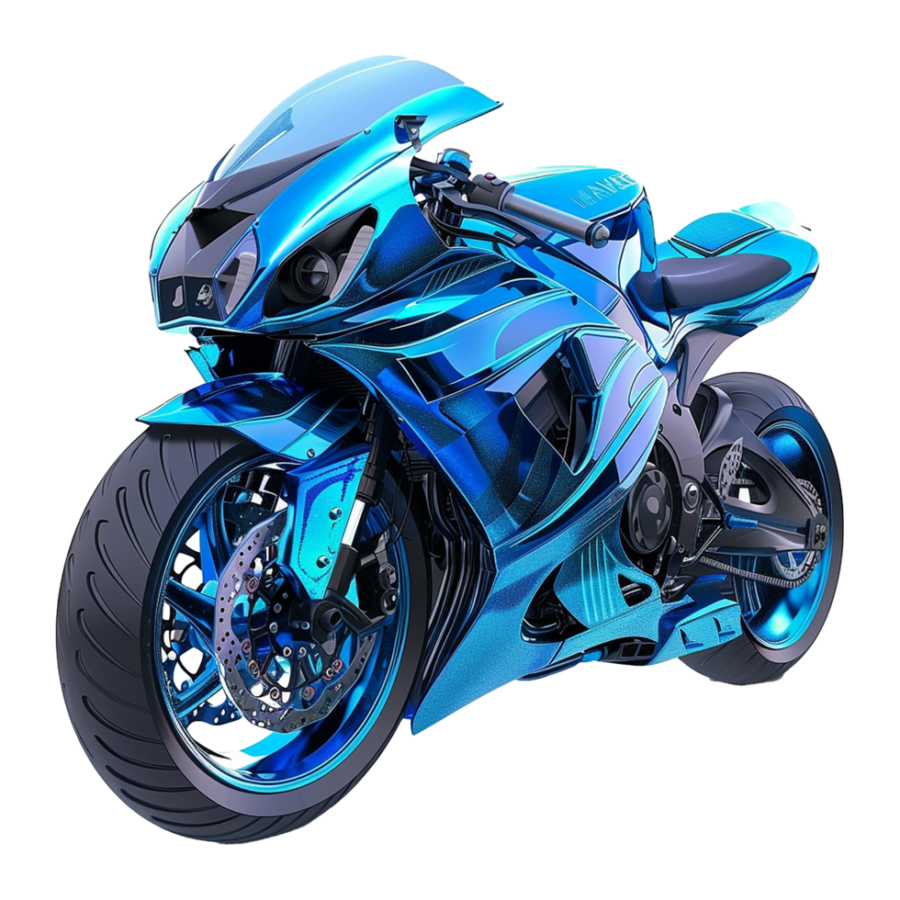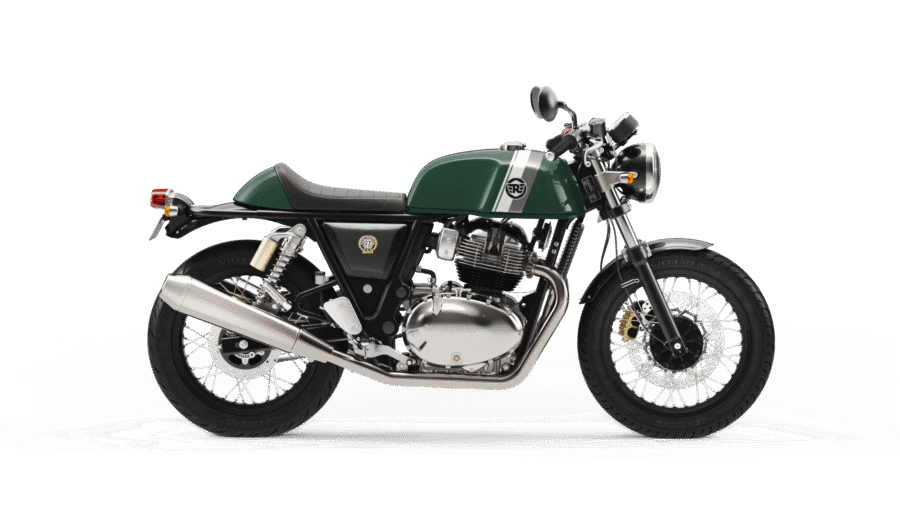How does Motorbike Finance work?
Understanding the Basics of Motorbike Finance
Motorbike finance can be a game-changer. It can turn your dream of owning a motorbike into reality.
But how does motorbike finance work?
This article will guide you through the basics of motorcycle financing. We’ll explore the different ways to finance a motorbike, the process involved, and how to secure the best deal.
Whether you’re a potential buyer or just curious about motorbike loans, this article is for you.
By the end, you’ll have a comprehensive understanding of motorbike finance. This knowledge will empower you to make informed decisions when considering your options.
Let’s dive in and demystify the world of motorbike finance.
What is Motorbike Finance?
Motorbike finance is a way to purchase a motorcycle without paying the full cost upfront. It involves borrowing money to cover the purchase, allowing you to spread payments over time.
Through motorbike finance, you can manage your budget effectively. It makes owning a motorbike more accessible by breaking down costs.
There are various financing options available. These options cater to different financial situations and preferences.
Motorbike financing allows you to enjoy the benefits of ownership while paying for it gradually. You can ride your dream bike as you pay off the loan.
Understanding the basics of motorbike finance helps you make wise choices. Being informed ensures you select a plan that suits your needs best.
Types of Motorbike Financing Options
When considering how to finance a motorbike, it’s essential to explore different options. Various financing methods cater to unique needs and circumstances. Each option has its advantages and potential drawbacks.
Motorbike financing can be broadly divided into three main categories. These categories offer flexibility based on your financial situation.
Here are the common types of motorbike financing:
- Personal Loans
- Hire Purchase Agreements
- Dealership Financing
Each financing option provides distinct benefits. Let’s delve into these options to understand them better.
Choosing the right motorbike financing option depends on your credit score, repayment ability, and personal preference. Picking the best type can save money and fit your lifestyle.
Understanding the terms and conditions of each option is vital. It ensures that you are not caught off guard by unexpected fees or requirements.
Ultimately, the goal is to find a financing plan that complements your budget and ownership goals. It’s important to weigh your options carefully.

Personal Loans
Personal loans offer a flexible way to finance a motorbike. They are typically unsecured, meaning no collateral is needed. This can be beneficial if you want to avoid pledging your motorbike as security.
Interest rates on personal loans may be lower for those with good credit. This makes personal loans an attractive option for creditworthy individuals.
The freedom to use the loan for any purpose, including buying a motorbike, adds to their appeal. It’s a straightforward option for many buyers.
Hire Purchase Agreements
Hire purchase agreements let you pay for the motorbike in installments. You gain ownership after making the final payment.
These agreements usually require a small down payment. The remaining balance is paid over a specified period, often ranging from one to five years.
While the interest rates might be higher compared to personal loans, the structured payment plan helps with budgeting. It’s ideal for those who prefer fixed monthly payments.


Dealership Financing
Dealership financing is another option for buying a motorbike. Many dealerships offer in-house financing programs. This can make the purchasing process more convenient.
Interest rates from dealerships can sometimes be higher. However, they might provide promotional rates or incentives to make their offers more attractive.
Before opting for dealership financing, it’s wise to compare rates and terms. Dealerships may also offer flexible options, such as including accessories or services as part of the deal.
The Motorbike Financing Process
Understanding the motorbike financing process can alleviate stress and ensure you are well-prepared. This process involves several key steps, starting with identifying the right lender. It’s important to choose a lender that offers terms that fit your financial situation.
Once you’ve selected a lender, the next step is to submit your application. The application process can vary but typically requires personal information and details about your financial situation.
After submitting the application, the lender will assess your financial health. This evaluation often includes reviewing your credit score and employment history. A strong credit score can lead to better financing terms.
Next, the lender reviews your application for approval. This decision is based on your creditworthiness and other financial indicators. It’s crucial to provide accurate information to avoid delays.
Once approved, you’ll move on to finalizing the financing agreement. This step involves agreeing to the loan terms, including interest rates and repayment schedule. Understanding these terms is essential for managing your payments.
Application and Documentation
Applying for motorbike finance requires specific documentation. Essential documents include proof of identity, such as a driver’s license or passport. You’ll also need to provide proof of income, like pay stubs or tax returns.
Lenders may ask for additional documents, depending on their requirements. These could include bank statements or proof of residence. Being prepared with these documents can streamline the application process.
The goal is to demonstrate your ability to repay the loan. Providing complete and accurate documentation helps the lender assess your creditworthiness. This can lead to quicker approval times.
Credit Checks and Approval
A key part of the motorbike financing process is the credit check. Lenders review your credit history to assess financial reliability. A higher credit score generally results in better loan terms.
This credit check allows lenders to determine risk levels associated with lending to you. They look at factors like payment history and outstanding debt. Consistently managing these aspects can positively influence your application.
Once the credit check is completed, the lender decides on loan approval. The decision is based on credit health and financial stability. Knowing your credit standing before applying can prepare you for this step.
Factors Affecting Your Finance Terms
Several factors influence the terms of your motorbike finance agreement. Understanding these can help you negotiate better deals and avoid surprises. Let’s explore the key elements that lenders consider.
The credit score plays a pivotal role in determining the interest rate. Higher scores often lead to lower rates and better terms. It’s crucial to maintain a good credit history to enhance your borrowing power.
Another important factor is the down payment. A larger down payment usually results in lower monthly payments. It also reduces the overall interest cost throughout the loan term.
Lenders also look at the loan term when setting terms. Shorter terms mean higher monthly payments but less interest paid over time. Choosing the right term is a balance between affordability and total cost.
Here’s a quick list of factors that affect your finance terms:
- Credit Score
- Down Payment
- Loan Term
- Interest Rate
Tips for Securing the Best Financing Deal
Finding the best motorbike finance deal requires careful consideration. A few strategic steps can help you secure favorable terms. Here are some key tips to guide you.
First, it’s essential to shop around for the best rates. Comparing offers from different lenders can reveal significant savings. Rates can vary widely, so don’t settle for the first offer.
Next, negotiate the price of the motorbike itself. Lowering the purchase price can lead to a lower loan amount. This reduces both monthly payments and total interest costs.
Also, consider the impact of additional fees. Some lenders might have hidden costs buried in the fine print. Make sure you understand all aspects of the financial agreement.
Seeking pre-approval before visiting dealerships can also be advantageous. This shows sellers that you’re a serious buyer and can put you in a stronger negotiating position.
| Quick Tips |
|---|
| Compare rates from various lenders |
| Negotiate the motorbike price |
| Understand additional fees |
| Assess all finance terms carefully |
Understanding Interest Rates and Loan Terms
Interest rates and loan terms play a crucial role in motorbike finance. They determine how much you’ll ultimately pay for your bike. Understanding these aspects helps in making a smart financial decision.
Interest rates can be either fixed or variable. Fixed rates mean your payments will remain the same throughout the loan. This stability is often preferred for budgeting purposes.
Variable rates, on the other hand, can fluctuate based on market conditions. While they might start lower, they pose the risk of increasing over time. Knowing the nature of your interest rate is essential.
Loan terms refer to the length of time you have to repay the loan. Typical terms range from 12 to 60 months. Longer loan terms might offer smaller monthly payments but result in more interest paid over time. Understanding how term length affects your financial commitment is essential when deciding on a loan.
Additional Costs and Insurance Requirements
When financing a motorbike, it’s important to consider additional costs beyond just the loan payment. These can include registration fees and taxes. Budgeting for these upfront expenses is crucial to avoid surprises.
Insurance is often a mandatory requirement set by lenders. It ensures the motorbike is protected against accidents or theft. The cost of insurance can vary based on the bike’s value and your driving history.
It’s advisable to seek comprehensive coverage that meets the lender’s requirements. Being informed about insurance obligations helps prevent potential hiccups in the financing process. Prioritizing this can secure your investment in the bike.
The Impact of Financing on Your Credit
Financing a motorbike can influence your credit score. Timely payments can build a positive credit history, benefiting future borrowing. Establishing a good track record can be a strong asset.
However, missing payments can harm your credit. Late payments may lower your score, affecting future loan prospects. Consistent punctuality is essential to maintain a healthy credit profile.
Before applying, it’s wise to review your credit report for errors. Ensuring accurate information can prevent unnecessary issues. Understanding these dynamics helps manage credit effectively while enjoying your new motorbike.
Conclusion: Making an Informed Decision
Deciding to finance a motorbike involves careful planning. Understanding the various financing options is crucial. It equips you to select the best path for your financial situation.
Consider all aspects, such as interest rates, loan terms, and additional costs. This comprehensive approach ensures you know what you’re committing to. Evaluating these factors can help secure a favorable deal.
Staying informed empowers you to make wise choices. By doing your homework, you can ride away with confidence. Enjoying your motorbike without financial strain is the ultimate goal.
